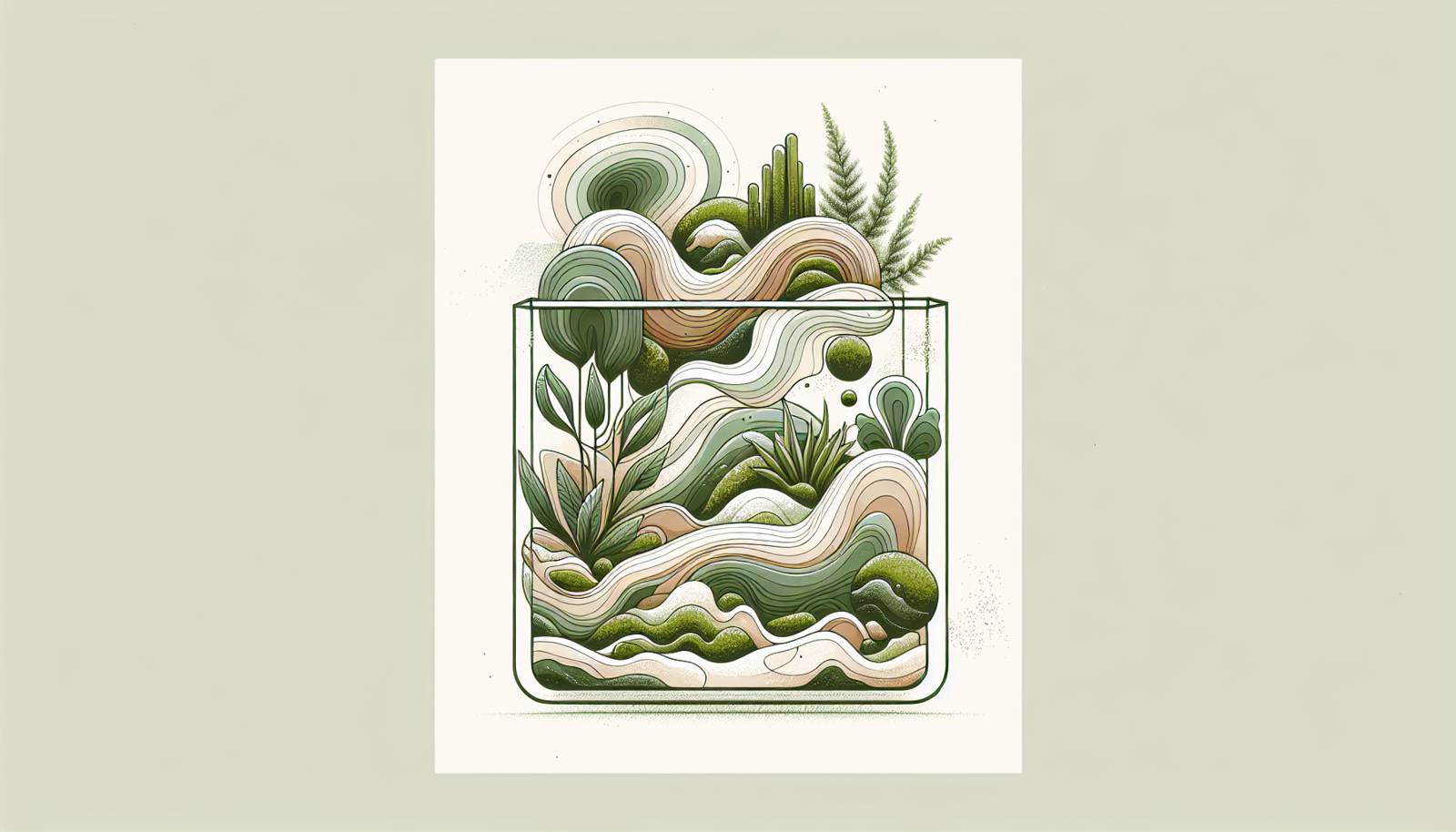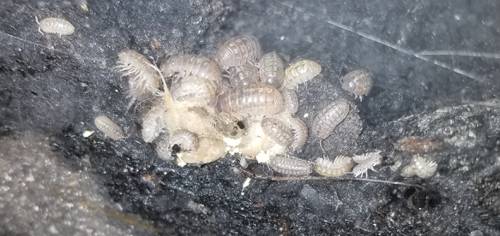
FAQ About Bioactive Indoor Terrariums

What is a bioactive terrarium?
A bioactive terrarium is a self-sustaining, enclosed ecosystem that replicates natural environments. It includes living elements such as plants, soil-dwelling microorganisms, and typically small animals. The goal is to create a balanced microhabitat where plants and fauna interact beneficially, allowing the mini-ecosystem to flourish with minimal human intervention.

What are the benefits of having a bioactive terrarium?
Bioactive terrariums offer numerous benefits, including reduced maintenance due to natural waste breakdown by microorganisms and a healthier environment for any animals living within. They provide a visually appealing, natural décor element and help simulate natural habitats, which can be particularly beneficial for reptiles and amphibians.

Which plants are suitable for a bioactive terrarium?
Popular plants for bioactive terrariums include ferns, mosses, bromeliads, and various tropical plants. It is important to select species that can thrive in humid and low-light conditions similar to those in the terrarium. Low-maintenance and humidity-loving plants tend to perform best.

What are the basic components needed to start a bioactive terrarium?
To create a bioactive terrarium, you'll need several components: a suitable enclosure, a drainage layer, substrate, live plants, microfauna (like springtails and isopods), and a water source. Additional decorative elements and lighting specific to the plants' or animals' needs are also commonly included.

Can I keep animals in a bioactive terrarium?
Yes, animals such as small reptiles, amphibians, and invertebrates can be kept in bioactive terrariums. It's crucial to select species that are compatible with the plants and other living elements present in the terrarium, ensuring the ecosystem remains balanced and healthy.

How do microorganisms contribute to the health of a bioactive terrarium?
Microorganisms like bacteria, fungi, and small invertebrates help decompose organic matter, recycle nutrients, and maintain soil health. They play a vital role in breaking down waste products and maintaining the nitrogen cycle within the terrarium, contributing to its self-sustainability.

What is the role of a drainage layer in a bioactive terrarium?
The drainage layer, often composed of materials like gravel or clay pellets, is crucial for preventing waterlogging. It allows excess water to drain from the substrate, preventing root rot and helping maintain the correct humidity levels necessary for plant health.

How do I maintain a bioactive terrarium?
Maintenance involves occasional watering, pruning of plants, and monitoring humidity and temperature levels. It's important to ensure that the ecosystem remains balanced, with healthy plant growth and active microfauna, to reduce the chances of pests and health issues for any animals living inside.

What is microfauna, and why is it important in bioactive terrariums?
Microfauna refers to tiny organisms like springtails and isopods that live in the substrate of a bioactive terrarium. They are crucial for breaking down organic waste, which helps keep the environment clean and reduces the need for cleaning interventions, effectively supporting the terrarium's natural ecosystem.

Can I use any type of soil for a bioactive terrarium?
No, it's important to use a soil mix that supports the plants you intend to grow and the overall needs of the terrarium. Commonly, substrates are made of organic materials like coconut coir or peat, mixed with sand or perlite to ensure adequate drainage and aeration.

How does lighting affect a bioactive terrarium?
Proper lighting is critical for plant growth and the overall health of a bioactive terrarium. The light should mimic natural sunlight as closely as possible, with the intensity and duration adjusted based on the plants' and animals' needs. Inadequate or excessive lighting can lead to unhealthy plants and disrupt the terrarium's balance.

Do bioactive terrariums require special equipment or conditions?
While a bioactive terrarium doesn't require highly complex equipment, some considerations include providing appropriate lighting, maintaining humidity and temperature levels, and ensuring proper ventilation. These factors are essential for creating a suitable environment for the plants and animals.

Is there any risk of pests in a bioactive terrarium?
While a balanced bioactive terrarium is generally less prone to pests, they can sometimes occur. Having a healthy population of microfauna helps mitigate this risk by breaking down waste that could attract pests. Monitoring and addressing any imbalances or potential infestations promptly is key to maintaining health.

How can I prevent mold growth in a bioactive terrarium?
To prevent mold growth, ensure proper air circulation, avoid overwatering, and maintain an appropriate balance of light and humidity. Using well-aerated soil and introducing mold-eating microfauna such as isopods can also help keep mold in check.

What is the ideal location in a home for a bioactive terrarium?
Choose a spot that provides indirect sunlight and is away from drafts, heat sources, or air conditioners, which could affect the terrarium's internal climate. Consistent lighting and stable temperatures are ideal for maintaining a healthy and thriving bioactive environment.

How long does it take for a bioactive terrarium to become self-sustaining?
It can take several weeks to months for a bioactive terrarium to stabilize and become relatively self-sustaining. This period allows plants to establish, microfauna populations to grow, and necessary ecological interactions to occur. During this time, consistent monitoring and gentle adjustments are key.

Can I customize the look of my bioactive terrarium?
Yes, bioactive terrariums are highly customizable. You can choose different plants, decorative rocks, branches, or even small waterfalls to mimic various natural habitats. Personalizing these elements can enhance the terrarium's aesthetic appeal while supporting its ecological function.

What are common mistakes to avoid when starting a bioactive terrarium?
Common mistakes include selecting unsuitable plants or animals, using incorrect soil types, overwatering, improper lighting, and neglecting the fauna's needs. It's crucial to research and plan your terrarium carefully to avoid these pitfalls and help ensure a successful setup.

Are there specific dimensions a bioactive terrarium should be?
There are no strict size guidelines, but the dimensions should accommodate the types of plants and animals you wish to include, as well as allow for proper ventilation. Smaller terrariums may require more frequent monitoring to maintain balance compared to larger setups.

Where can I find resources or kits to start a bioactive terrarium?
Many garden supply stores, specialized pet shops, and online retailers offer bioactive terrarium kits and components. These resources often come with the basic materials needed to get started, along with instructions and guidance to help create a successful ecosystem.
